Africa is awe-inspiring. It is a continent of many habitats, from sandy shorelines, wetlands, and forests to rocky highlands, savannas, and kopjes. It covers 20 percent of the Earth’s land surface, contains unique geology and a wealth of biodiversity—including 8 of the world’s 34 biodiversity hotspots. The San Diego Zoo’s Conrad Prebys Africa Rocks highlights some of Africa’s most extraordinary species as you wander through six different habitats from seashore to savanna.
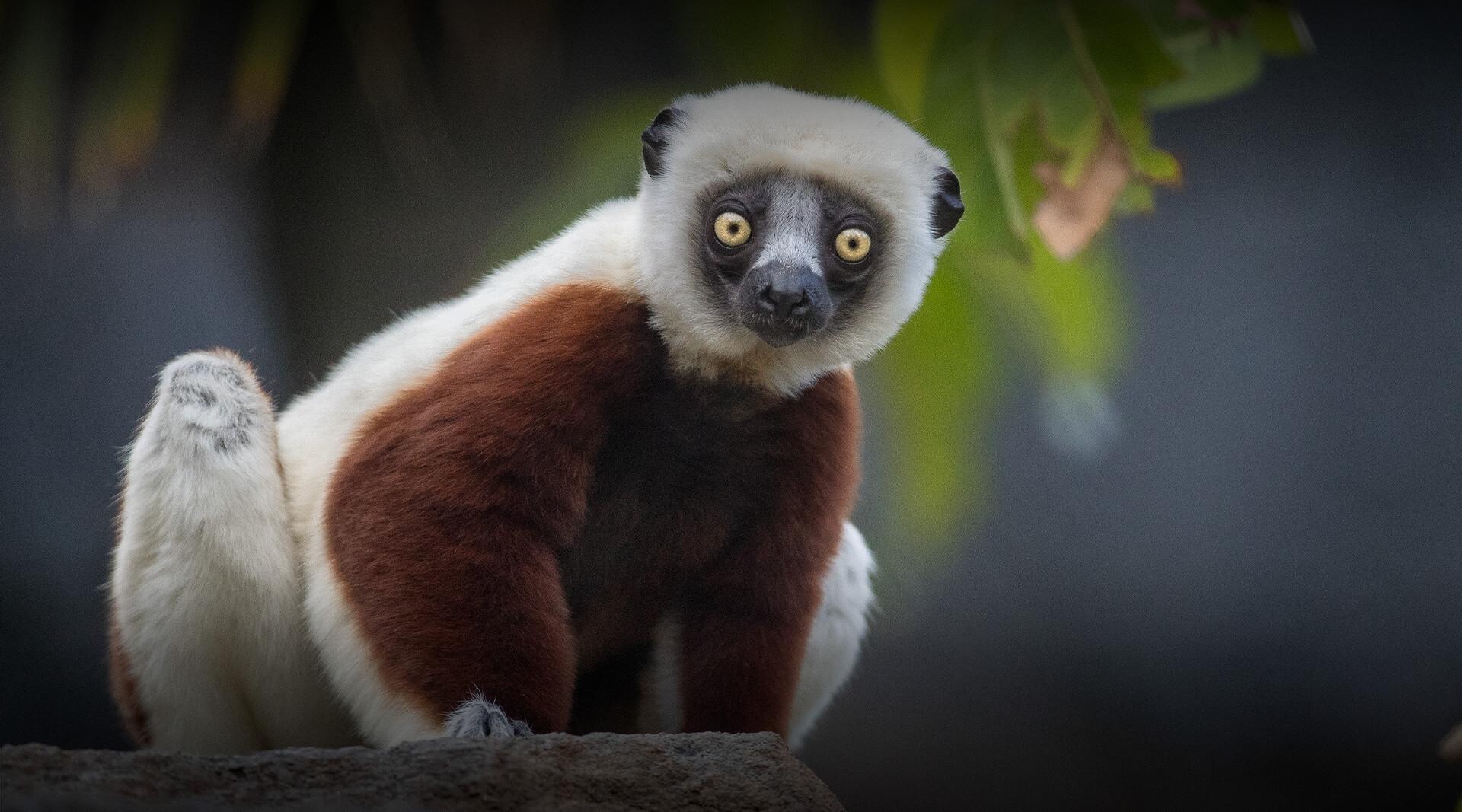
From Sea to Savanna
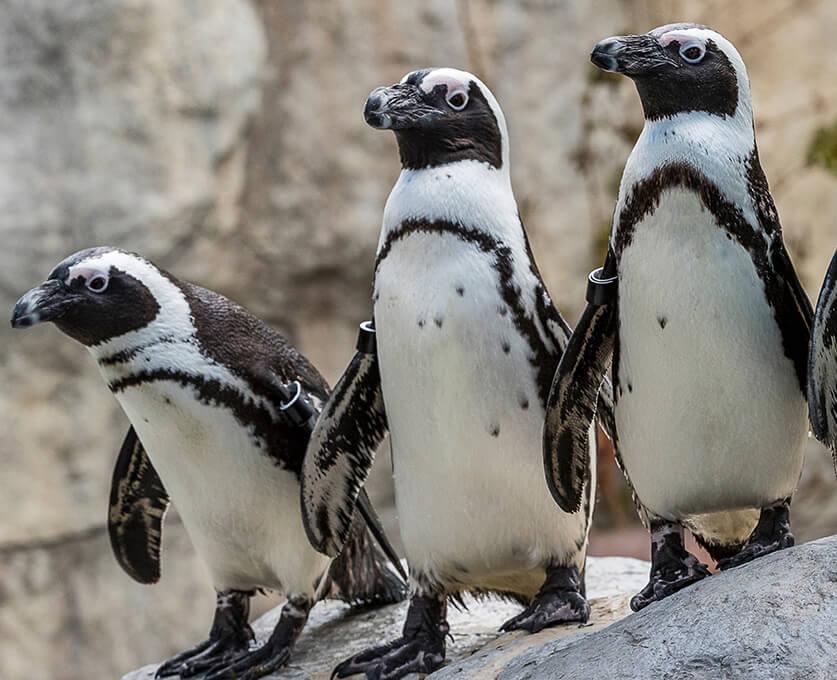
African Penguin
Penguins on the Beach
When you think penguins, you might think ice—but African penguins prefer the beach scene. These social birds are adapted to warmer weather along the southern Africa coast, and spend lots of time swimming in the sea. They nest in burrows they dig in sandy soil or guano mounds—look for our nesting burrows as hollows among the rocks. Also look for spotted leopard sharks, and low-growing protea plants with their brightly colored pincushion flowers.
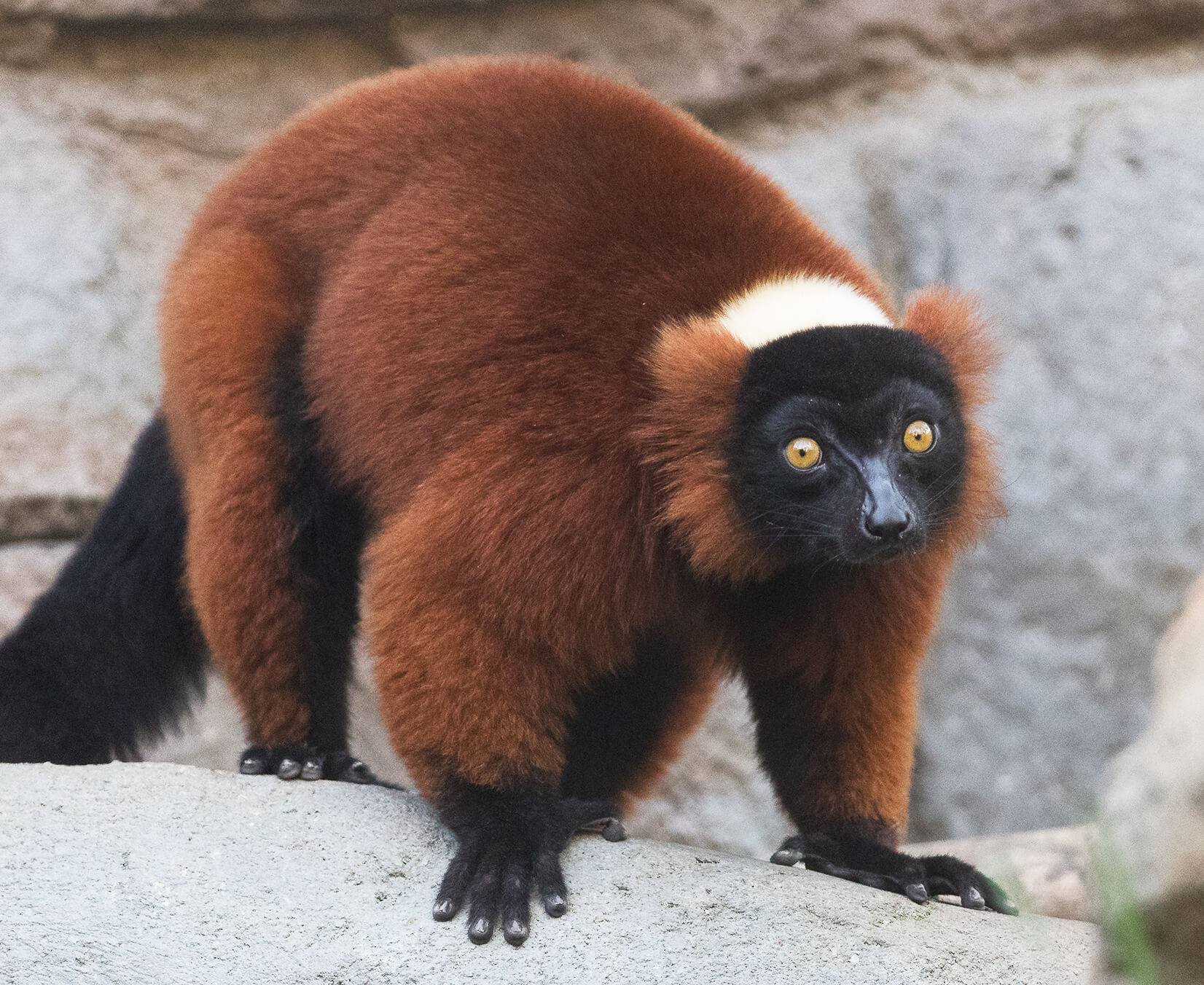
Lemur
Magical Madagascar
Isolated from the African continent, Madagascar has unique animals and plants only found on this magical island—like the lively group of primates called lemurs. Lemur species have adapted to live in either rain forest or spiny forest habitats, including the strikingly colored Coquerel’s sifaka, as well as ring-tailed, brown, blue-eyed black, and red-ruffed lemurs. Active and agile, you’ll be amazed at their jumping ability. Also look for Madgascar’s top predator, the fossa, and the water-storing jabily tree.
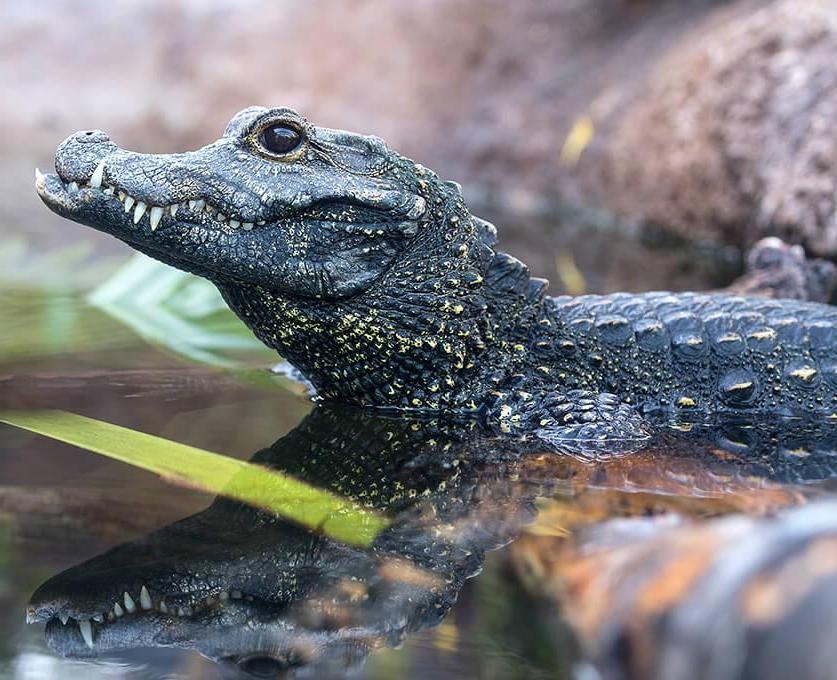
Dwarf Crocodile
Rich Biodiversity of Western Africa
With up to 80 inches of rain a year, the forests of western Africa are rich in species biodiversity, including the West African dwarf crocodile. Unlike some of its larger cousins, it is shy and blends into its surroundings, submerged in a log-filled swamp, stretched out on a low tree limb over a slow-moving stream, or basking on the bank. Also look for the Gaboon forest turtle, red-headed agama lizard, brightly colored cichlid fish, and floating fig trees, along with the 65-foot Rady Falls.

Leopard
Scamper, Flit, and Stalk
Africa’s woodlands are dotted with grasses, shrubs, and flat-topped acacia trees. Monkeys scamper, colorful birds flit, and predators like leopards stalk their prey. Coming this close to a leopard in Africa would be a concern, but here it allows a great view of these beautiful cats. Whether they are golden with dark rosettes or the black with black spots “melanistic phase,” watching them is a thrill. Also look for the African Aviary, with more than 30 species of colorful birds, and an active and playful troop of vervet monkeys.
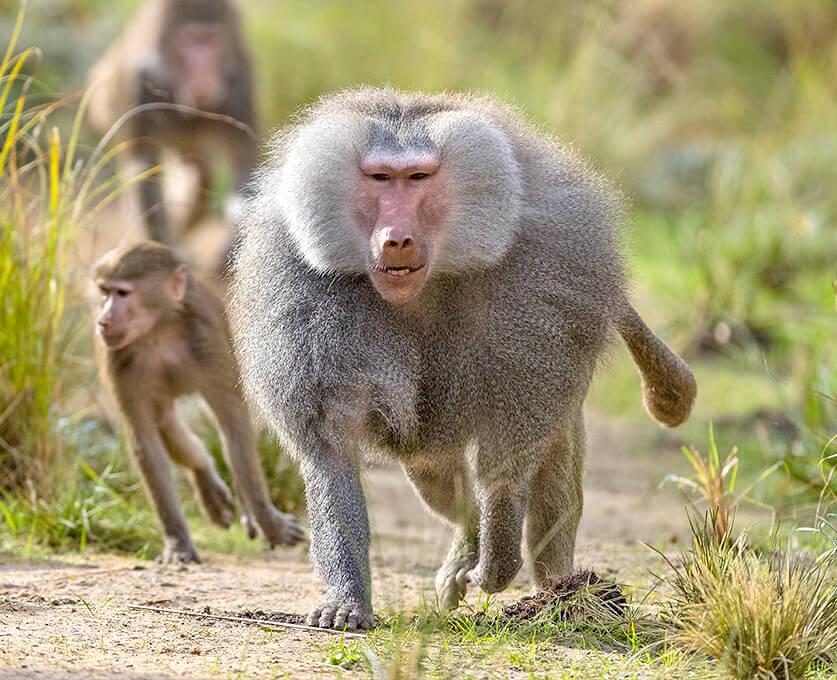
Hamadryas Baboon
Roof of Africa
Dramatic landscapes are the hallmark of the Ethiopian Highlands. This region of rugged mountains and grassy plateaus is also known as the “roof of Africa.” Hamadryas baboons live here, a large, social monkey species that lives in large groups that sort out into a well-defined hierarchy. Grooming one another is a bonding activity, and the higher-ranking individuals get the highest sitting spots on the rocks. Also look for Geladas, sure-footed Nubian ibex, the red-hot poker tree, and the expansive African Garden, with unusual and endangered African plant species.
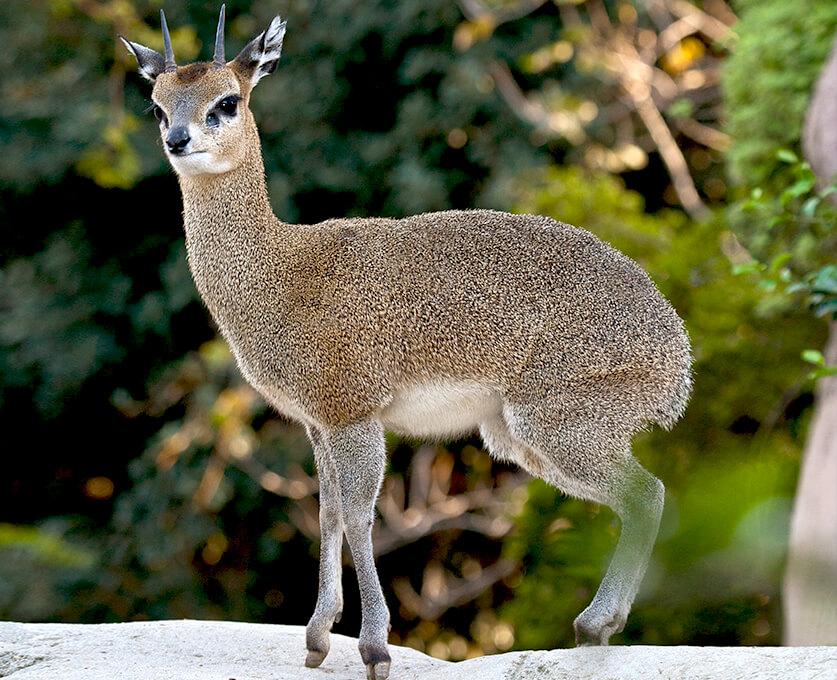
Rock Hyrax and Klipspringer
Life on the Rocks
Kopjes are rocky formations that seem to pop up from the African plains. The nooks and crannies are hideouts for small animals, and places for fig tree roots to take hold. A tiny antelope called the klipspringer lives among the rocks, with unusual hooves that have a slight suction-cup effect. These help them leap from boulder to boulder and nimbly negotiate rocky surfaces that look impossible. Also look for sturdy and round rock hyraxes, sleek dwarf mongooses, the magnificent bateleur eagle, and a colony of busy meerkats.
Visit Africa Rocks at the San Diego Zoo, and explore six remarkable habitats featuring some of Africa's most extraordinary species!




